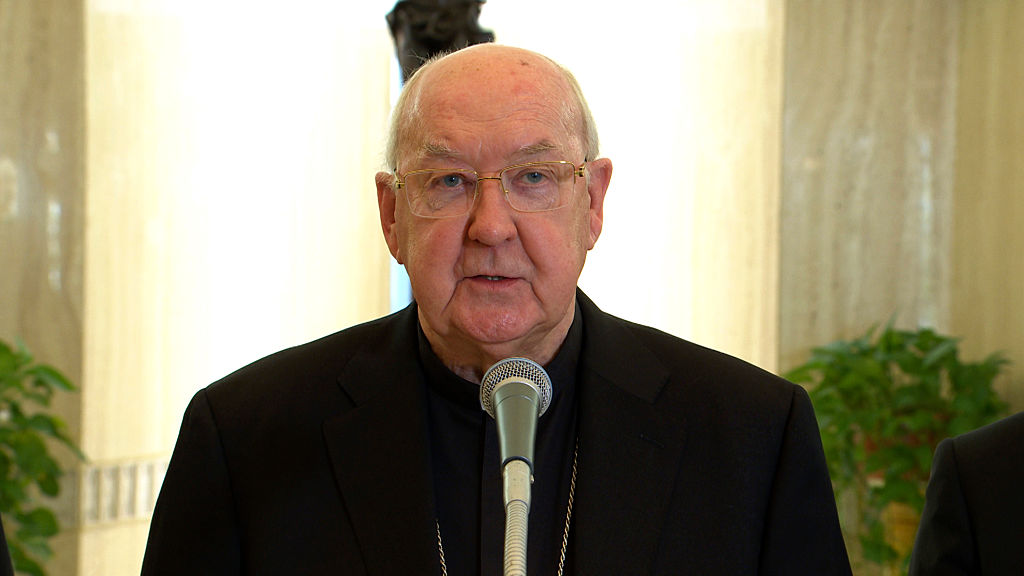Who Runs the Catholic Church After a Pope Dies?
The death of a Pope is a significant event for the Catholic Church, triggering a period of transition and mourning before a new successor is chosen. But who actually holds the reins of power during this interregnum? The answer isn't as simple as one might think, and understanding the process reveals a fascinating interplay of tradition, law, and practical considerations.
The Sede Vacante: A Period of Transition
The period between a Pope's death and the election of his successor is known as the sede vacante (vacant see). During this time, the College of Cardinals assumes primary responsibility for the governance of the Church. However, this responsibility is not entirely monolithic; different aspects of governance are handled differently.
The Role of the College of Cardinals
The College of Cardinals, composed of cardinals from around the world, is the most important governing body during the sede vacante. Their primary responsibility is the election of the new Pope, a process known as a papal conclave. However, their influence extends beyond this crucial task.
- Administration: The cardinals, under the guidance of the Cardinal Camerlengo (Chamberlain), manage the day-to-day administration of the Vatican City State. This includes overseeing the finances, security, and general operations of the Holy See.
- Spiritual Leadership: While not directly replacing the Pope's spiritual authority, the cardinals maintain the Church's spiritual guidance. They continue to celebrate Mass, administer the sacraments, and provide pastoral care. However, major doctrinal decisions are usually postponed until a new Pope is elected.
The Cardinal Camerlengo: A Crucial Figure
The Cardinal Camerlengo takes on a particularly vital role during the sede vacante. He is essentially the interim head of state, overseeing the practical functioning of the Vatican. His responsibilities include:
- Securing the Papal Apartments: Immediately after the Pope's death, the Camerlengo seals the Papal Apartments and ensures the security of all papal possessions.
- Managing Vatican Finances: He oversees the Vatican's financial affairs, ensuring the smooth continuation of its operations.
- Calling the Conclave: The Camerlengo plays a crucial role in the preparations for the papal conclave, including convening the cardinals and overseeing the logistical arrangements.
The Papal Conclave: Electing a New Pope
The papal conclave is the most important event during the sede vacante. This process involves the cardinals meeting in secret to elect a new Pope. Strict rules govern the conclave, ensuring secrecy and preventing outside influence. The election continues until a candidate receives a two-thirds majority vote.
Maintaining Continuity and Stability
The sede vacante is a delicate period for the Catholic Church. Maintaining continuity and stability during this time is crucial. The careful delegation of responsibilities amongst the cardinals ensures the smooth functioning of the Church, preventing chaos and maintaining public confidence. The clear defined roles and responsibilities, combined with deeply ingrained traditions, minimize any power vacuums and assure the church’s continual operation.
Beyond the Practicalities: A Time of Reflection
Beyond the logistical and administrative aspects, the sede vacante is a time of spiritual reflection for Catholics worldwide. It is a period of mourning for the deceased Pope, an opportunity to reflect on his papacy and its impact, and a time of prayer for the guidance of the Holy Spirit in electing his successor.
In conclusion, the Catholic Church’s structure ensures a seamless transition of power after a Pope's death. The College of Cardinals, led by the Cardinal Camerlengo, skillfully manages the affairs of the Church during the sede vacante, culminating in the critical election of a new Pope. This intricate process highlights the enduring strength and resilience of the Catholic institution.
